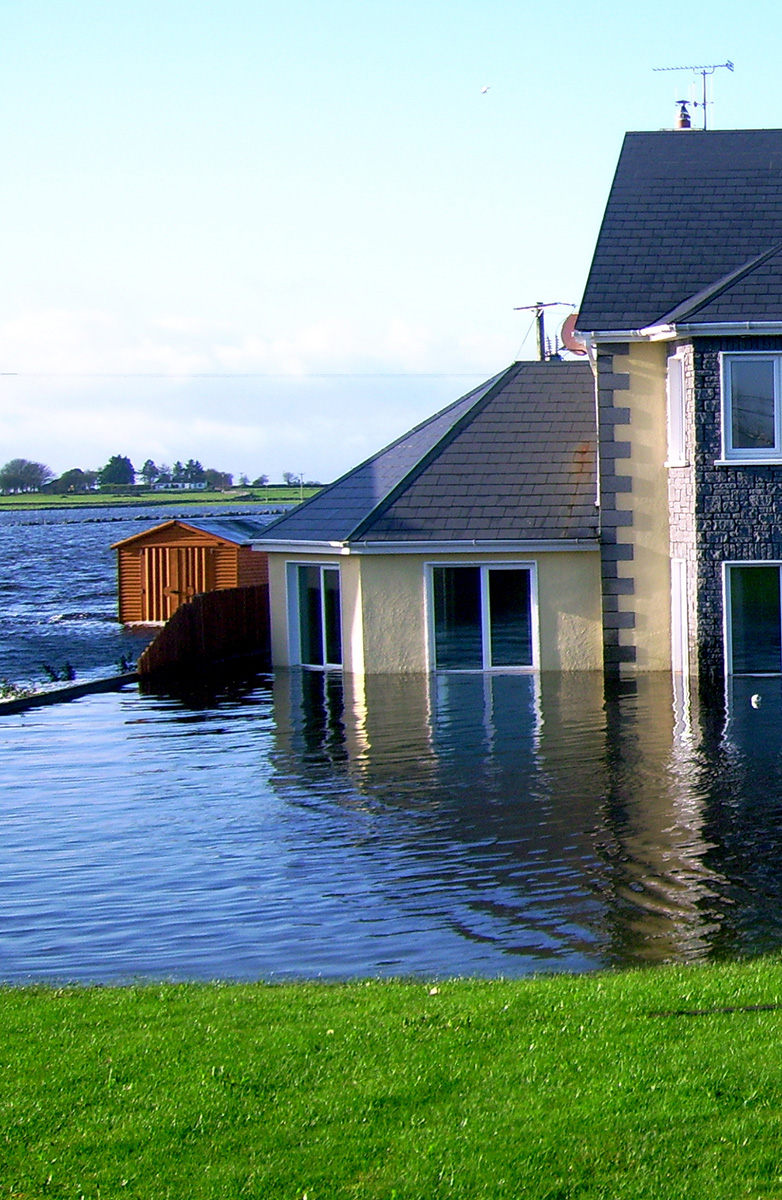The most important point to understand about flood insurance is quite simple: conventional homeowner's coverage doesn't protect your home or belongings against water damage.
That established, it's a requirement of the Federal Emergency Management Agency (FEMA) that you have flood insurance if you live in a flood-prone area. But even if you live in an area where flooding does not normally occur, a flood insurance policy can be an important part of your total coverage. About one-quarter of flood insurance claims are from areas where residents have low-to-moderate flood risk. What's more, a typical flood insurance policy extends well beyond mere flooding, to provide you with coverage of damages that storms, melting snow, inadequate or overloaded drains, or hurricanes may cause.
Please be aware that you cannot add a flood insurance floater to an existing homeowner's policy. Instead, you must purchase flood insurance through an insurer associated with the National Flood Insurance Program (NFIP). Flood insurance is available for purchase almost any time if you live in a community that participates with NFIP—unless a flood is an immediate danger. This is because there is a 30-day waiting period before flood insurance coverage begins.
Damage to your home from high winds or hail is not covered by flood insurance. You can always choose add-ons to your regular homeowners' policy to protect you against these dangers. Basements that are flooded during a storm may also not be covered by flood insurance. However, even though there are limitations, flood insurance is still the best way to protect your basement in the event of a flood. Many high value items such as furnaces, hot water heaters, stairways and appliances are usually covered by flood insurance. However, your possessions and the walls, floor and ceiling of your basement are usually not covered.
Endorsements, or add-ons, are available to improve the coverage of your homeowner's policy. However, most conventional policies do not cover flood-related damages. If you live in an area where you are at regular risk of flooding, it is a wise choice to add a flood insurance plan to your existing coverage.

